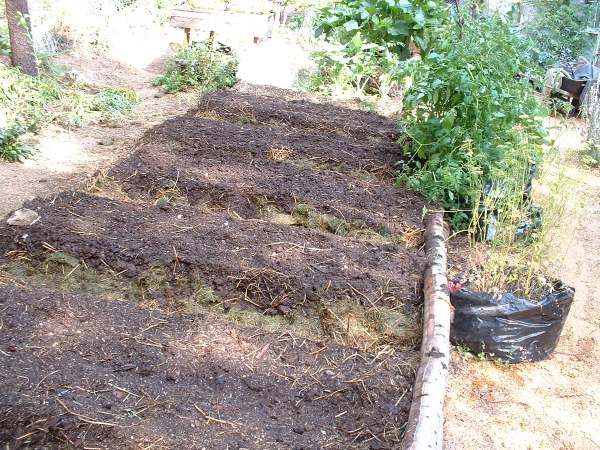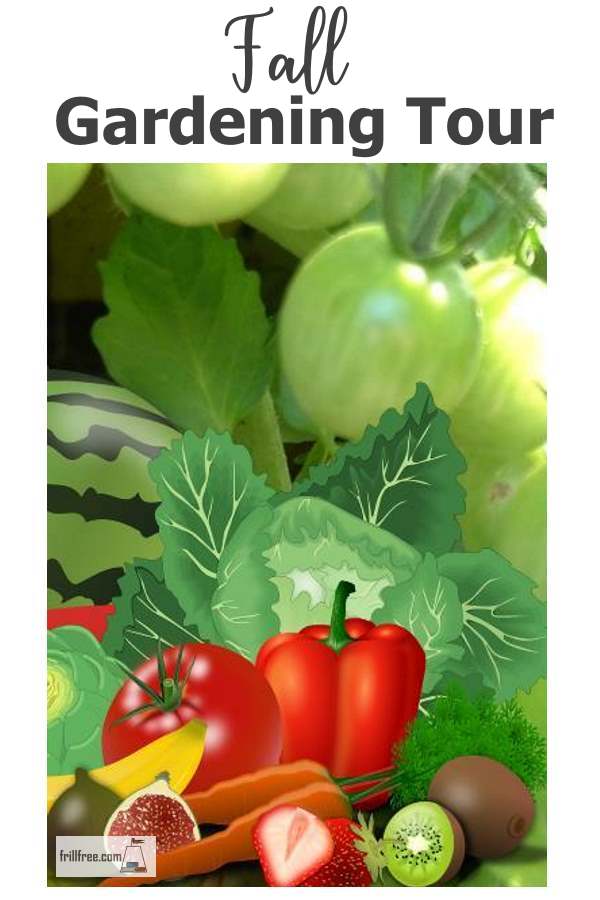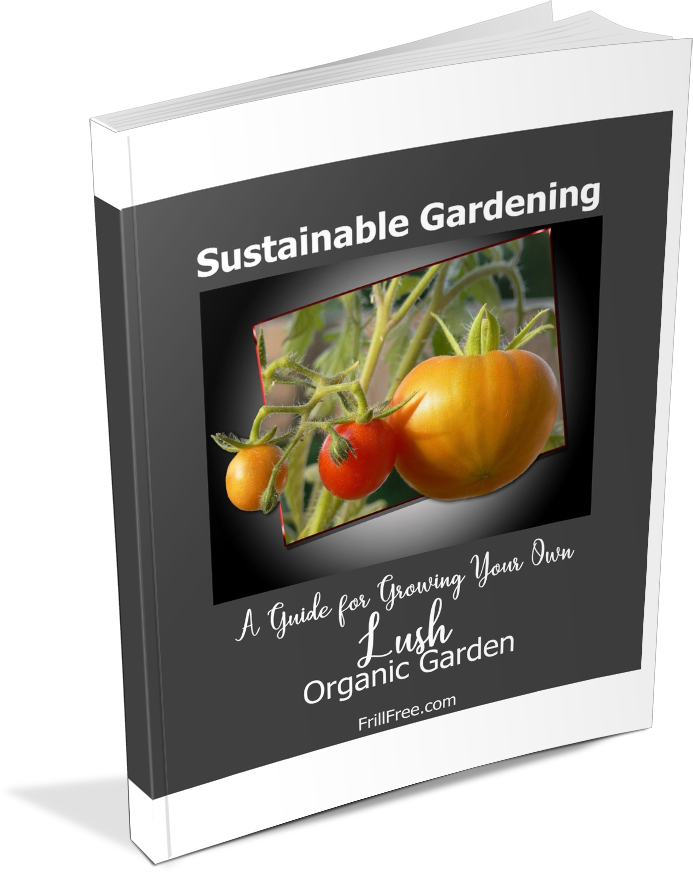- Homesteading
- Growing Vegetables
- Fall Gardening Tour
Fall Gardening Tour
Here are some useful techniques to put your garden to bed
The fall is a time of cooler nights, maybe a snap of frost in the air; once all the potatoes and tomatoes and squash are harvested and stored in the root cellar, you can heave a big sigh of relief.
Or can you? To put the garden to bed requires a bit more work, to get the preparation for next year started now.
Weeding is crucial to get those last few remaining thistles, burdock or even dill to prevent them setting seed.
Leave a few of these kinds of plants in an out of the way place for an overwintering place for beneficial insects for their pollen and nectar.
Preparing the beds requires a bit of labor after removing the crops that have been growing in them all summer.
 Bed Preparation in the Fall, prior to seeing a cover crop
Bed Preparation in the Fall, prior to seeing a cover cropDon't neglect the garden just because the work of harvesting is all
done. There are still many ways to help make next year better.
New compost is an important step, and then sowing the seeds of a cover crop or spread fall leaves so that the soil is not left bare over the winter.
Don't omit this, especially if you garden in a climate that gets heavy rains in the fall.
You
could find that the soil is so eroded when you go to plant, or even has
all the nutrients washed out of it that it's pretty difficult to grow
anything in it.
Raised beds will keep the soil from packing down, and also help it to dry out in the spring.
Setting up your compost bins for the winter gets a head start on the season; don't wait until the frosts make it impossible to add more kitchen scraps as the winter progresses.
If the bins can get
some good microbial activity early enough, the sheer numbers of the
microorganisms keeps the pile from freezing. See more about small scale composting for the winter here.
Your vermicomposting bins are best renovated in the fall too.
Learn how to properly store your vegetables - find out what their preferences are for long storage life. Onions in particular need special conditions.
Take your tomatoes indoors to ripen; they'll be head and shoulders above any of the insipid and pallid tomatoes you can get in the store, all the way until January.
















